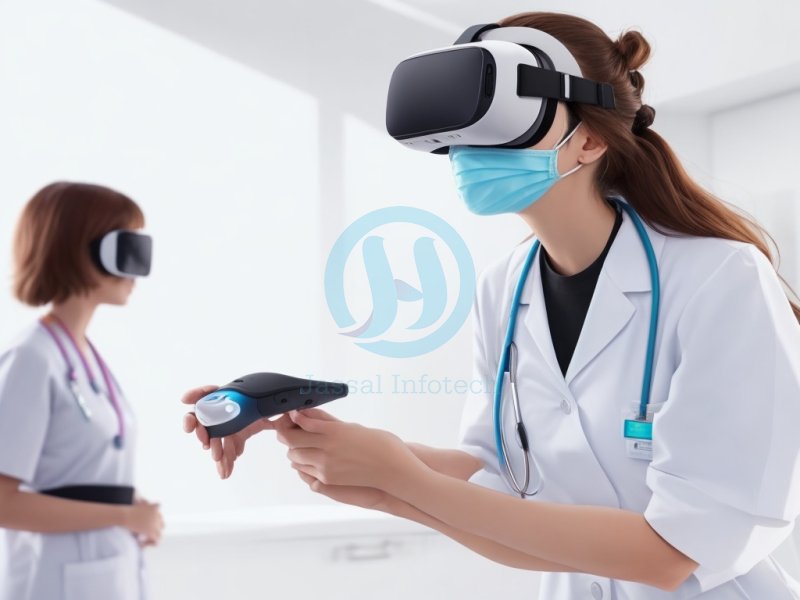
In the fast-paced world of healthcare, technology is constantly evolving, and with it comes a plethora of innovations that promise to transform the way we deliver and experience medical care. From the immersive capabilities of virtual reality (VR) to the convenience of wearable devices, the landscape of healthcare delivery is undergoing a remarkable revolution. In this blog, we'll explore the emerging trends that are reshaping the healthcare industry and enhancing patient outcomes. Read on to discover how these cutting-edge technologies are making a significant impact on the future of healthcare.
Virtual reality is no longer just a tool for gaming and entertainment; it has found its place in the healthcare sector too. VR technology has opened up new possibilities for both medical professionals and patients alike. From preoperative planning to postoperative rehabilitation, VR allows surgeons to visualize complex procedures and provides patients with an immersive understanding of their treatment options.
For patients suffering from chronic pain or mental health conditions, VR offers therapeutic benefits by creating calming and distraction techniques during treatment. Moreover, medical training has been taken to a whole new level with interactive simulations that allow students and professionals to practice in a risk-free environment. As VR technology continues to advance, we can expect to see even more innovative applications in healthcare delivery.
The advent of wearable devices has marked a significant milestone in healthcare delivery. These smart gadgets, ranging from fitness trackers to smartwatches, are empowering individuals to take charge of their health like never before. With features such as heart rate monitoring, sleep tracking, and step counting, wearables provide real-time data to help users make informed decisions about their lifestyle and well-being.
In the medical realm, wearable devices are proving to be invaluable in managing chronic conditions. Diabetics can now monitor their blood glucose levels with continuous glucose monitors, while patients with heart conditions can track their ECG readings on their wrists. Healthcare professionals can access this data remotely, enabling them to intervene promptly when necessary, thus reducing hospital readmissions and improving patient care.
Telemedicine, the remote delivery of healthcare services, has emerged as a game-changer in healthcare accessibility. Especially in rural and underserved areas, where access to healthcare facilities is limited, telemedicine is bridging the gap by connecting patients with qualified medical professionals via video conferencing and online platforms.
This trend has gained significant traction, particularly during the global pandemic, as it allowed patients to receive medical advice and treatment from the safety and comfort of their homes. Furthermore, telemedicine has also proven to be beneficial for follow-up appointments and routine consultations, reducing travel time and improving overall patient satisfaction.
As we journey into the future, the fusion of technology and healthcare continues to reshape the way we experience and deliver medical services. From the immersive experiences offered by virtual reality to the practical insights provided by wearable devices, these emerging trends are unlocking new frontiers in patient care. Healthcare is becoming more patient-centric, accessible, and efficient, enabling individuals to lead healthier lives with greater control over their well-being.
Embrace the digital transformation of healthcare, and you'll witness a world where technology enhances the human touch, fostering a healthier and happier society. Stay tuned for the latest updates on these exciting developments as they continue to revolutionize healthcare delivery!
Share This News